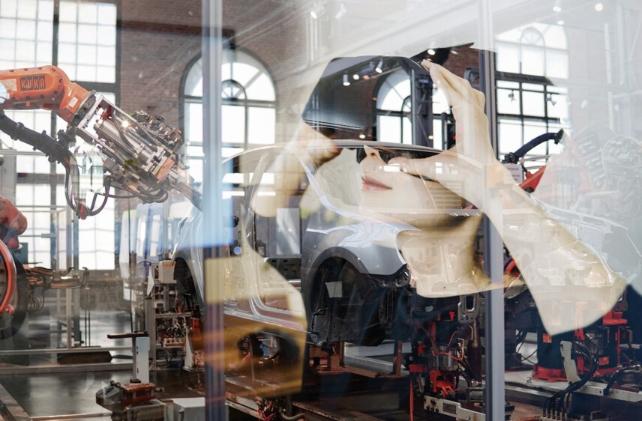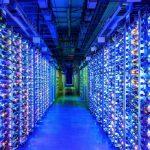Application in logistics, training and 3D home for digital twins
The Industrial Metaverse offers many opportunities for companies to bring digitization to areas. Those who have not previously been able to use the opportunities offered by Industry 4.0 in the way that is already practiced in other areas will benefit from this.
Digital technologies such as augmented/mixed reality are finding their way into areas such as logistics, production or training outside of training rooms with metaverse applications. Users receive smart glasses with which they can receive information directly in their field of vision and interact interactively with the digital infrastructure in companies. Examples include Coca Cola and Deutsche Bahn (DB). At Coca Cola, the employees in logistics pick the goods with the help of smart glasses. The logistics employees have both hands free and can work with voice control.
TeamViewer brings experts and technicians together virtually

At Deutsche Bahn, new colleagues are trained with smart glasses. Virtual counterparts of switches and other parts of the infrastructure are projected into the field of vision of the course participants. In this way, a trainer can teach many more participants than in a real training room.
The technology is also used in production, for example in the maintenance of machines. Here a technician can share his view with an external expert who will support him with the maintenance or repair. At the same time, the session can be recorded, for example for archiving or documentation. And here, too, several people can take part in such a meeting.
These examples show the possibilities of Industrial Metaverse in practice. TeamViewer works with many companies on this approach to advance the Industrial Metaverse.
Entire factories with AI as a virtual twin
In addition to the approach of using AR or mixed reality to lead companies into the industrial metaverse, there are other approaches that go even further. Certain processes in industrial companies can be virtualized and then used anywhere in the world. When playing through virtual scenarios in the digital world, different ways of development and production can be simulated before new products are implemented in reality. The advantage of this is that many projects can be implemented much faster, cheaper and with fewer errors.
For this approach, Siemens and Nvidia are cooperating with the digital business platform Xcelerator. Here Siemens and Nvidia combine a digital marketplace, an ecosystem and IoT-enabled hardware “as a service” via the cloud. This enables companies to launch digital twins without having to make extensive investments.

Nvidia also contributes Omniverse to this cooperation. This is an AI-enabled, physically simulated virtual world engine. This is optimized for industrial companies and can bring true-to-original virtual twins into the Industrial Metaverse. Here, too, the focus is on the cloud. Together with Siemens Xcelerator, Nvidia Omniverse can represent digital twins. The technology is already being used productively by BMW, Lockheed Martin, Ericsson and Siemens. Technologies from Pixar are also used. This allows infrastructures and objects from the real world to be implemented photo-realistically in the digital world, making it much easier to plan, test and strategically implement them.
Predictive maintenance and design changes
By commissioning a digital twin, predictive maintenance can also be implemented or design changes can be planned in realistic environments. The whole thing is done digitally in the cloud or at the edge. The costs are a fraction of what would be necessary to implement it in reality. This actual implementation only takes place after the successful virtual phase of the project, as soon as the planning appears perfect.










